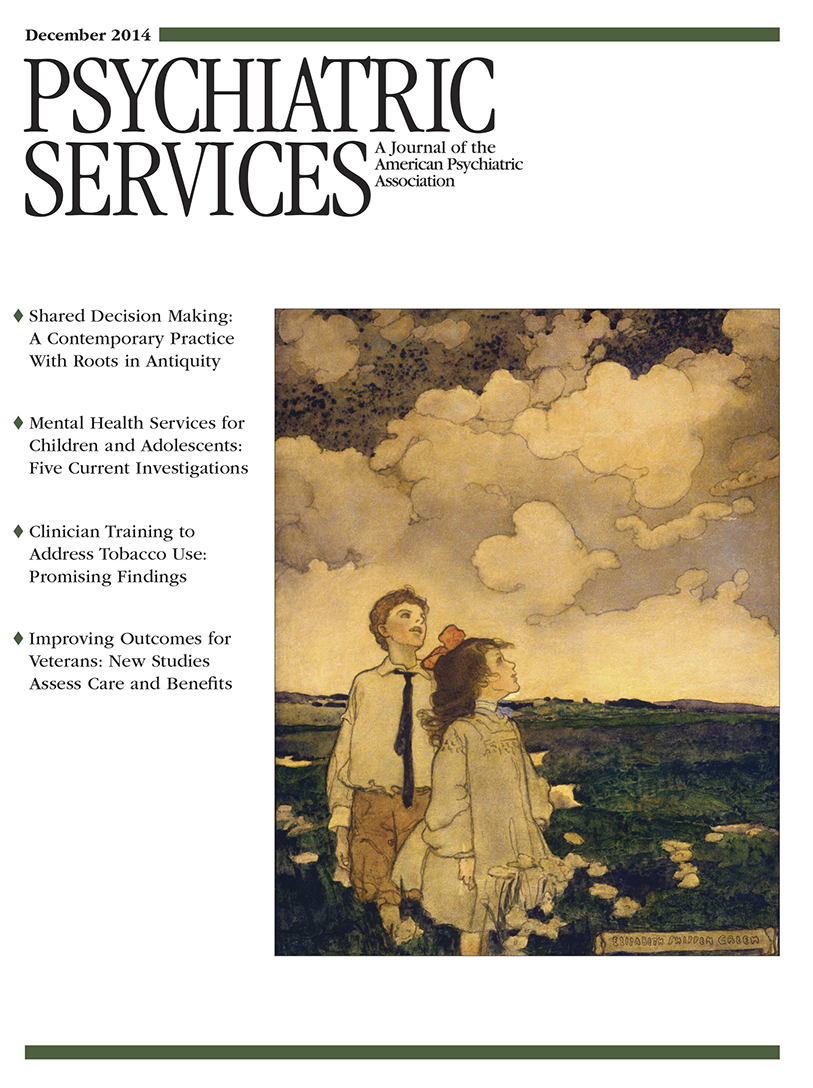Management of New Hyperglycemia in Patients Prescribed Antipsychotics
Abstract
Objective:
This study examined the extent to which patients found to have clinically significant hyperglycemia after beginning a new antipsychotic receive guideline concordant management.
Methods:
This retrospective cohort analysis (N=403) used U.S. Department of Veterans Affairs databases and multivariable logistic regression models to examine the association of patient characteristics with the likelihood of receiving recommended management.
Results:
Overall, 63% of patients (N=254) received at least one type of management action within 30 days of identification of hyperglycemia. A primary care encounter was the most common action. Weight management program encounter, nutrition encounter, diabetes clinic encounter, and change in antipsychotic medications were underutilized interventions. Counseling related to weight management, nutrition, and diabetes that occurred during other visits with providers was not measured. Older patients and female patients were less likely to receive timely management. Preexisting comorbidities inconsistently influenced management practices.
Conclusions:
Timely hyperglycemia management actions were not recorded in administrative data for a sizable minority of patients. Further research is needed to determine the full extent of appropriate management actions in this context.



